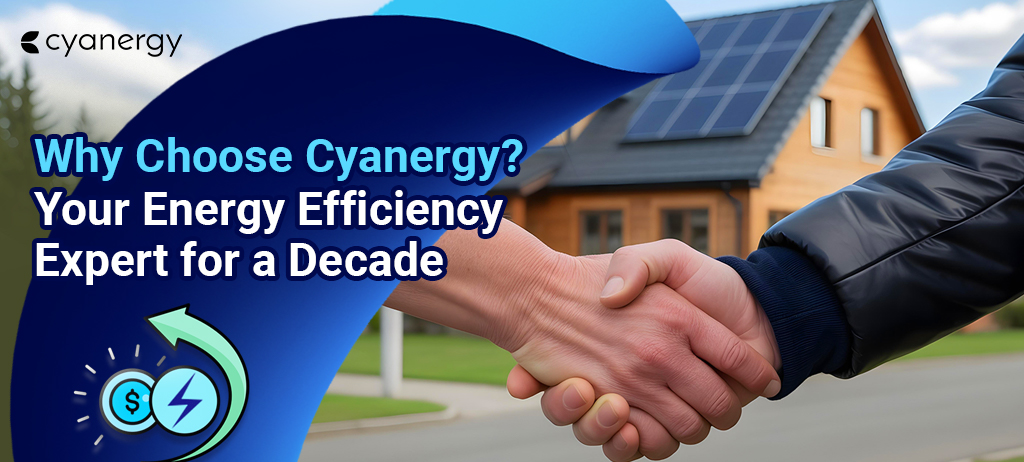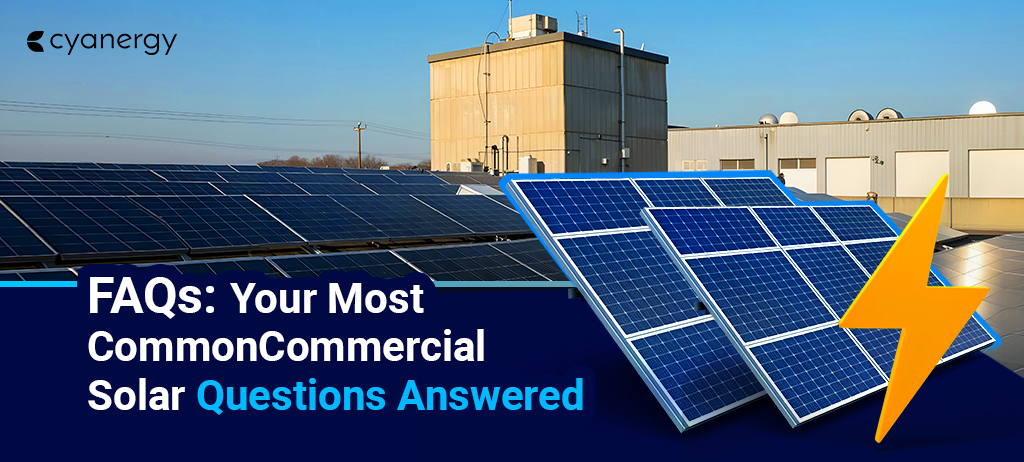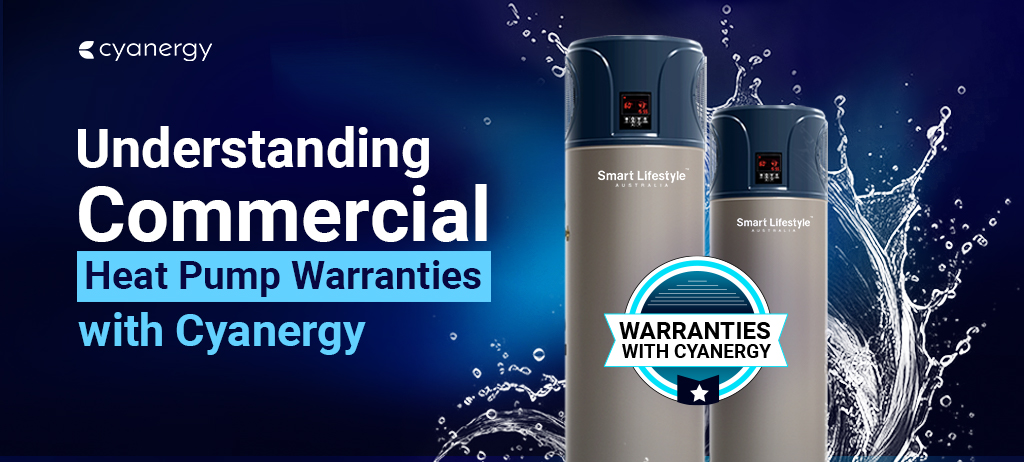The reason people in Australia clawed back to the use of solar panels is due to its lucrative incentives provided by the retailers or the Government, also known as “rebate”. The Federal Government Renewable Energy Target (RET) represents the Government’s policy, which expects to see 33,000 GWh of electricity coming from renewable sources by 2020. Small-scale technology certificates are a part of RET. The RET is divided into two targets and they are,
1) Small Scale Renewable Energy Scheme (SRES).
2) Large-scale RET (LRET).
SRES corresponds to the installation of a small solar panel setup or rooftop solar system below 100KW. Under SRES, you can apply for the Small-Scale Technology Certificates (STCs) We as Cyanergy, feel proud to inform you that we are the approved retailer for arranging the STCs for you.
What Are STCs (Small-Scale Technology Certificates)?
STCs allow you to get a discount on the upfront price before the installation takes place. To avail the STCs, the retailer, as well as the equipment used for the panel, has to be approved by the Clean Energy Council (CEC). Besides, the installers need to be accredited by the same energy council. The number of STCs and the amount are calculated based on the amount of electricity your solar panel creates or displaces in megawatts per hour.
What Is A Deeming Period?
It refers to the number of years for which the STC system will create renewable energy. The amount calculated from the STCs will be added to the upfront cost only within the deeming period, which is expected to be phased out in 2030. The deeming period was introduced by this scheme and decreases by one every year until 2030. For instance, in 2019, the deeming period was 12, and in 2020, the deeming period would be 11. Hence, the shorter the deeming period, the less the STCs will be acquired, and thus, it will generate fewer discounts toward the upfront cost.
The calculation for the STCs are estimated on:
- Solar System Size
- System location
- Installation date
- If the solar system has been created over one or five years or for a maximum deeming period.
| Year solar (PV) system installed | Deeming Period in years |
|---|---|
| before 2016 | 15 |
| 2016 | 15 |
| 2017 | 14 |
| 2018 | 13 |
| 2019 | 12 |
| 2020 | 11 |
| 2021 | 10 |
| 2022 | 9 |
| 2023 | 8 |
| 2024 | 7 |
| 2025 | 6 |
| 2026 | 5 |
| 2027 | 4 |
| 2028 | 3 |
| 2029 | 2 |
| 2030 | 1 |
What Are The Eligibilities Of STCs?
1. You should install your solar system 12 months prior to applying and claiming your STCs.
2. All the parts and accessories of your solar system must be listed in the Clean Energy Council list of approved components.
3. Your solar products must meet the Australian and New Zealand standards.
4. The creation of your STCs’ certificate should also comply with the state, federal, territory and local governments’’ requirements, including electrical safety.
5. Your retailers, installer or designers have to be approved and accredited by the CEC. In this case, Cyanergy is an approved retailer. You might also be interested to see how Cyanergy is a CEC approved solar retailer.
6. Your solar system must not be more than 100kW, and the total yearly electrical output must be lower than 250MWh.
7. Your wind system must not be more than 10kW, and the total yearly electrical output must be lower than 25MWh.
8. Your hydro system must not be more than 6.4kW, and the total yearly electrical output must be lower than 25MWh.
How STCs Work In Australian Market?
The small-scale technology certificates are sold to the contracted retailers or any other liable entities. They begin to sell on your STCs to offset the price of solar panels. The price of the STCs depends on where the STCs are going to be sold. For example, if the retailers sell the STCs to the clearing house, the price will be fixed to $40 (excluding GST), whereas the price can go higher or lower should you sell the STCs to the open market. Also, the number of STCs changes from states to states.
For example, if a 2KW solar system is installed in Melbourne during May with a deeming period of 5 years, then it will get you 11 STCs, whereas installing the same setup in Darwin can get you 15 STCs. Based on the calculation with the price fixed to $40 as per clearing house price, you will get $440 for the upfront payment for Melbourne and $600 for Darwin.
How STCs Are Applied On Your Purchase Of Solar System?
For example, a 5.0 kW solar system needs to be installed in your property somewhere in Victoria right now in this year. If the total price of the solar system is worth $10,000, then we will get you the STCs provided by the Federal Government. Most of the areas in Victoria tend to provide with 65 to 75 STCs as per recent statistics.
Let’s assume you are granted for 75 STCs for your installation. If each STC is worth $38.55 as per recent up to date price up until our writing, the total cost of the STCs rebate will be approximately $2,891.25. By deducting this sum of money from the original price, the remaining value will be around $7,108.75. The price of the STCs changes time to time. The price of the current STCs is found here.
However, most of the retailers of solar energy deduct the STCs from the original price of solar systems during the purchase. So, if the cost of the installation is $8000 and the price tag quotes $4000, then it means that the STC value worth of $4000 has been deducted.
How Are Zone Wise STCs Created?

Australia is split into many zones. Have a look at your current zone from the table and see how much your estimated STCs will be. Currently the STC’s price is $38.55. and the deeming period from now is 11 years.
| Zone | Rating |
|---|---|
| 1 | 1.622 |
| 2 | 1.536 |
| 3 | 1.382 |
| 4 | 1.185 |
To get the perfect number, use the online STC calculator.
| Zone | Zone Rating Number | Deeming Period | No of STCs = Solar Size × Zone Rating × Deeming Period | Total value of STC = STC × Price of STC |
|---|---|---|---|---|
| 1 | 1.622 | 11 | 89 | 3,430.95 |
| 2 | 1.536 | 11 | 85 | 3,276.75 |
| 3 | 1.382 | 11 | 76 | 2,929.08 |
| 4 | 1.185 | 11 | 65 | 2,505.75 |
What Is The Warning Sign Of STCs In The Future?
However, during the tenure of Scott Morrison as a current prime minister, the price of the STCs has gone down to a significant level from $37.5 to $32. He also proposed to ban the STC scheme before the deadline of the deeming period. Therefore, those of you who wish to get solar panels installed in your business or home; it is high time you started considering it.
Allocation of STCs: Until 28 July 2019, over 4.9 million STCs were declared in the market with 468,000 STCs pending for the clearing house, which then got boosted to 10.3 million registered STCs with an additional 348,000 pending clearing house sale as of 30 September 2019. For 2020, the liable entities are about to surrender 42.6 million STCs to neutralise the supply and demand of the SRES scheme.
Few points to remembers:
- The Government is at no position to pay for your STC’s certificate, nor does it determine the price.
- STC’s, as a tradeable certificate, value is not constant and is subjective to vary time-to-time.
- The STCs’ value and quantity rely on your location, as well as the time when you create them.
- The company that trades STCs for you and offer you the price for it must abide by certain rules and conditions set out by the Clean Energy Regulator and should be an approved retailer under CEC.
It is true that the Australian Government’s new incentive-based schemes, such as STCs, LGCs, and state rebates like Victoria solar rebate are the main motivators to influence the customers to change from their on-grid system to solar system, helping the users to install the solar system without facing any financial barrier. However, the deeming period will affect the STC process even harder as until 2030, resulting in you can claim for the STC certificates with much hardship and that too with the smallest amount decreasing per year. If you need more information regarding the Small-scale technology certificates, please comment below.







